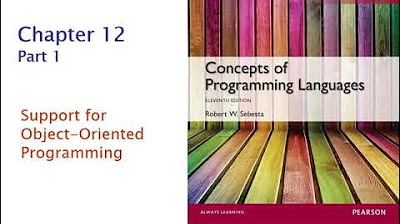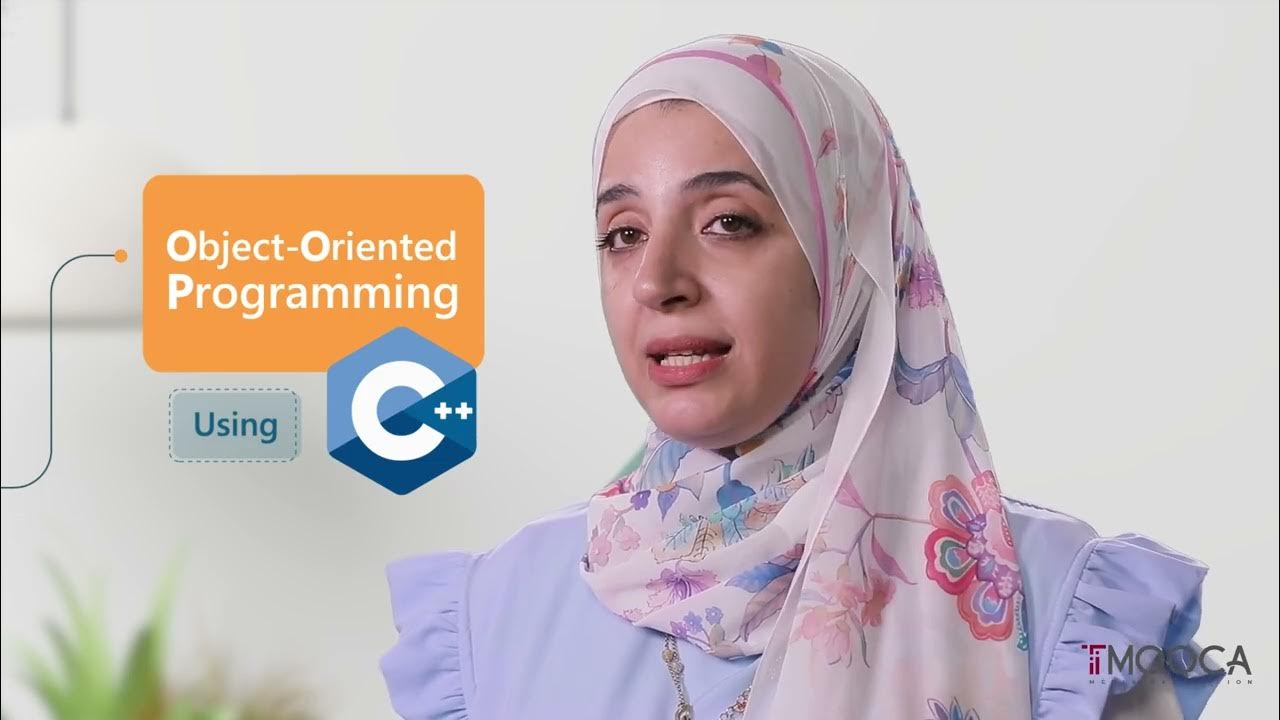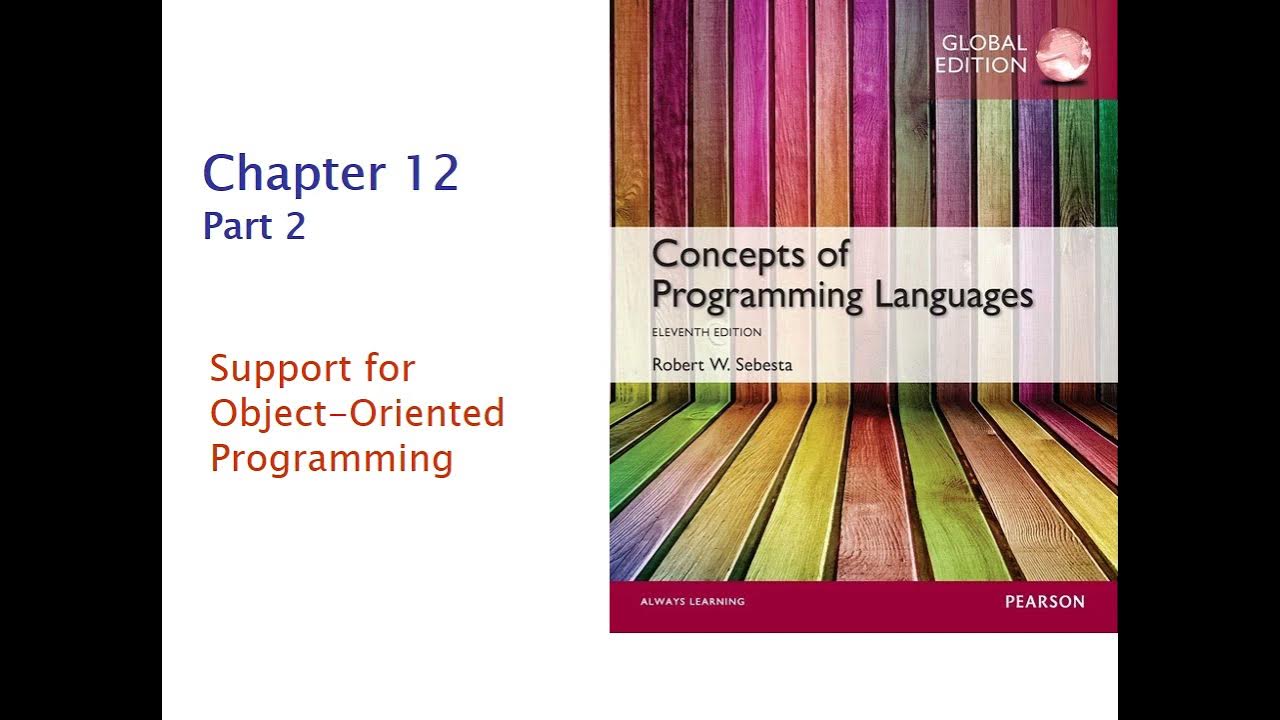1.2 Pengantar Java
Summary
TLDRThe lecture introduces Object-Oriented Programming (OOP) using Java, explaining the fundamental concepts of programming, paradigms, and the role of programming languages. It covers how Java functions as both a compiler and interpreter, with an emphasis on its platform-independent nature. The instructor highlights the differences between procedural, functional, and object-oriented paradigms, focusing on Java's object-oriented approach. Additionally, the history of Java's development and its current role in various industries, including education and business, is discussed. The lecture also covers Java's evolution and its position in the programming community.
Takeaways
- 😀 Programming languages serve as a bridge for communication between humans and computers, which only understand binary (0 and 1).
- 😀 A compiler transforms source code into an executable file (e.g., .exe or .app), while an interpreter runs source code directly without prior compilation.
- 😀 Java is a hybrid language, using both compilation and interpretation. The Java compiler creates .class files, which are then interpreted by the Java Virtual Machine (JVM).
- 😀 Programming paradigms are different approaches to programming, with Object-Oriented Programming (OOP) focusing on objects and classes, as opposed to procedural or functional programming.
- 😀 Java programming is strictly based on the Object-Oriented Programming (OOP) paradigm, requiring developers to create and interact with objects and classes.
- 😀 Java was first conceived in 1991 as 'Green' by James Gosling and his team, later renamed to 'Java', inspired by a popular coffee from Indonesia.
- 😀 Java was publicly released in 1995 by Sun Microsystems and later acquired by Oracle. It became open-source in 2007 but with some commercial licensing changes after Oracle's acquisition.
- 😀 Java's platform-independent nature allows it to run on any operating system as long as the Java Virtual Machine (JVM) is installed.
- 😀 Java is widely used in education as a de facto standard for learning Object-Oriented Programming, making it ideal for students and educators.
- 😀 Java's continued relevance in the programming world is evident as it remains one of the top programming languages, especially in business applications, Android development, and enterprise-level solutions.
- 😀 Tools like NetBeans and Visual Studio Code are commonly used for Java development, with NetBeans recommended for users with higher-end systems for managing large projects.
Q & A
What is the main goal of a programming language?
-The main goal of a programming language is to serve as an intermediary between humans and computers, allowing humans to communicate instructions in a way that computers can understand, typically through binary (0s and 1s).
What are the two main types of language converters used in programming?
-The two main types of language converters are compilers and interpreters. A compiler translates source code into an executable file before running it, while an interpreter executes the code directly without converting it into an executable first.
How does a compiler work in programming?
-A compiler works by translating the source code of a program into a file that the computer can execute, typically producing an executable file (like `.exe` in Windows). This compiled file is then run by the operating system.
What is the difference between a compiler and an interpreter?
-A compiler translates the entire source code into an executable file, which is then run by the operating system. An interpreter, on the other hand, executes the code directly, line by line, without generating an intermediate executable file.
How does Java work as both a compiler and an interpreter?
-Java first uses a compiler to convert the source code into bytecode (a `.class` file). This bytecode is then executed by the Java Virtual Machine (JVM), acting as an interpreter to run the program, making Java platform-independent.
What are the key programming paradigms mentioned in the transcript?
-The key programming paradigms mentioned are procedural programming, functional programming, and object-oriented programming (OOP). Java primarily follows the object-oriented paradigm.
What is object-oriented programming (OOP), and how does it differ from other paradigms?
-Object-oriented programming (OOP) organizes programs around objects and classes that interact with each other. Unlike procedural programming, which focuses on procedures or functions, OOP emphasizes the use of objects, which are instances of classes.
What is the significance of Java’s platform independence?
-Java's platform independence means that Java programs can run on any operating system with a Java Virtual Machine (JVM) installed. This is achieved through the use of bytecode, which can be interpreted on any platform, making Java highly versatile.
What historical milestones are significant in the development of Java?
-Java was first initiated in 1991, initially named 'Oak,' and later renamed to Java. It was publicly released in 1995 by Sun Microsystems. In 2007, Java became available for free under the GNU Public License, and it was later acquired by Oracle.
What are the different editions of Java, and their uses?
-The different editions of Java are Java Standard Edition (SE), used for desktop applications; Java Enterprise Edition (EE), used for business and web applications; and Java Micro Edition (ME), used for small devices. Java's use in Android development is also a significant application.
Why is Java still widely used, despite the rise of other programming languages like Python?
-Java remains widely used because of its simplicity, platform independence, active development community, and its position as a de facto standard in education and enterprise software. It continues to evolve with new versions and is supported for various applications like Android development, banking software, and more.
Which tools are recommended for Java development?
-For Java development, the recommended tools include the Java Development Kit (JDK) for compiling, and an Integrated Development Environment (IDE) like NetBeans or a text editor like Visual Studio Code. NetBeans is especially recommended for users with higher-spec computers.
Outlines

هذا القسم متوفر فقط للمشتركين. يرجى الترقية للوصول إلى هذه الميزة.
قم بالترقية الآنMindmap

هذا القسم متوفر فقط للمشتركين. يرجى الترقية للوصول إلى هذه الميزة.
قم بالترقية الآنKeywords

هذا القسم متوفر فقط للمشتركين. يرجى الترقية للوصول إلى هذه الميزة.
قم بالترقية الآنHighlights

هذا القسم متوفر فقط للمشتركين. يرجى الترقية للوصول إلى هذه الميزة.
قم بالترقية الآنTranscripts

هذا القسم متوفر فقط للمشتركين. يرجى الترقية للوصول إلى هذه الميزة.
قم بالترقية الآن5.0 / 5 (0 votes)






